I was volunteering at the museum and working with the BBC broadcasting equipment in the museum’s archives. While in this BBC Collection volunteer role I became familiar with the equipment which has contributed to history of television, radio and broadcasting as we know it today.
Due to my interest in the museum and the BBC, I wanted to highlight some of the interesting pieces I discovered while helping to catalogue the broadcasting equipment. The extent of the collection meant that choosing an angle for this post needed some careful thought. As 2015 marks 70 years since the Second World War ended, I wanted to examine how BBC radio equipment was used during the time. These are some examples of the various microphones, amplifiers, and receivers that helped shape broadcasting technology as we know it today.
Microphones
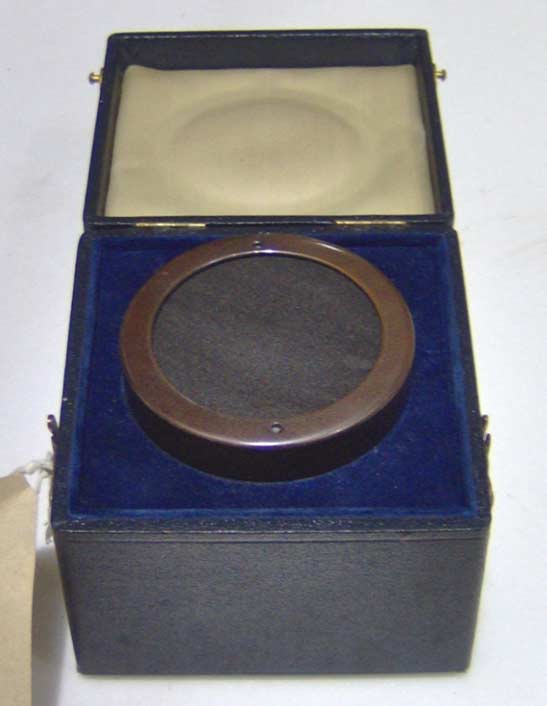
One use of microphones during the Second World War was for outside broadcasts. An example of a microphone that was used in this way was the STC 4017-C microphone(1), which the BBC used up to 1953. This microphone was created as an improvement to the BBC’s STC 4017 microphone of 1938(1), which had a design fault in the plug, causing it to disconnect at random. With this more robust design it continued in regular use, becoming a standard mic for the BBC at time. Neville Chamberlain even used something akin to the STC 4017-C microphone to make some of his public addresses.
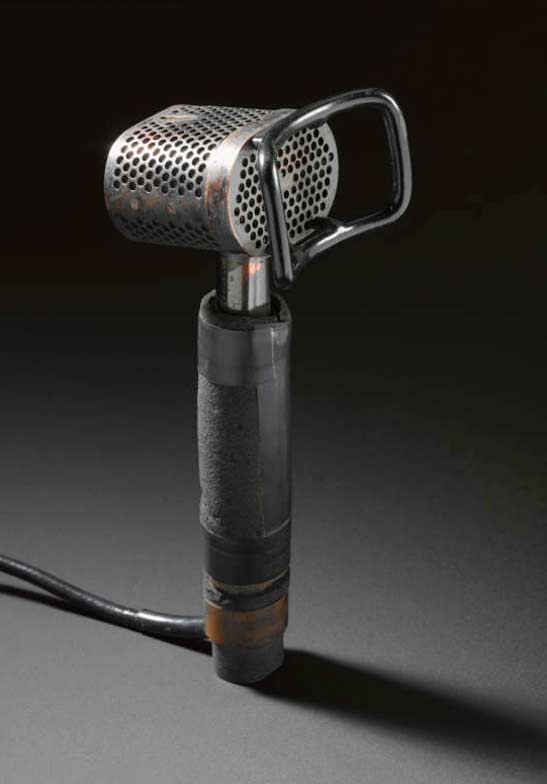
The Marconi Type L ‘lip’ microphone was also used for making broadcasts during the Second World War. Designed in 1937 and used mainly for outside sports commentating(2), the lip microphone was famously used by Ed Murrow during the Second World War to broadcast the Blitz from the roof of Broadcasting House. The design is little changed even to this day and you’ll still see sports commentators using this type of microphone.
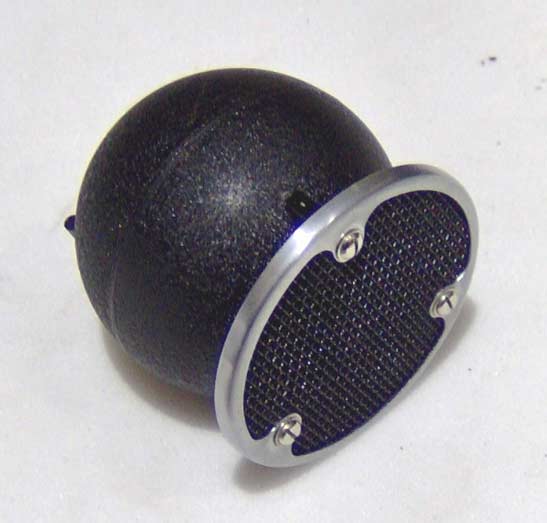
Microphones could also be used specifically as studio talkback microphones, or to pick up the ambient noise for outdoor productions. The STC Moving coil type 4021 that the BBC also had at its disposal during the Second World War, nicknamed the ‘Apple & Biscuit’ mic, was used for this purpose(2). The 4021 was designed with a disc, because it needed to capture and even out the reverb that it picked up from all angles(3). Both the 4017 and 4021 were used with the BBC-designed anti-vibration microphone mounts.
Amplifiers
Another important grouping of broadcast equipment items are amplifiers. They take the weak signals picked up by microphones and boost them for transmission. Before the Second World War most audio-frequency amplifiers were single purpose in nature, with many types being made for specific needs(4). The onset of the war reduced the resources available, so the amplifiers produced in this period were designed to have a general purpose function(4); an example was the BBC GPA/1 General Purpose Amplifier.
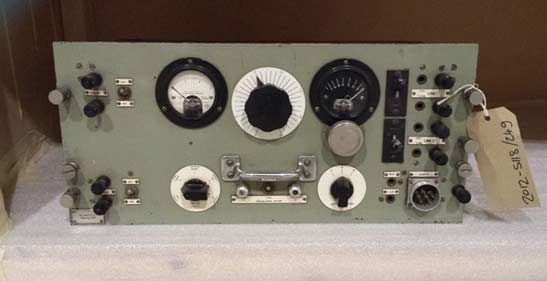
One exception was the standard microphone amplifier used by the BBC during the Second World War: the model 0BA/8 outside broadcast amplifier that introduced volume control at the OB point.
Microphones and amplifiers aren’t the be-all and end-all of the equipment needed for a successful broadcast. Indeed, those crucial Second World War broadcasts from the BBC would not have been possible were it not for other equipment such as the BBC OBA/8 4-channel passive mixer and the LSU/4A Studio loudspeaker.
Receivers
Then, of course, there were the receivers, which brought each war-time broadcast to audiences’ living rooms.
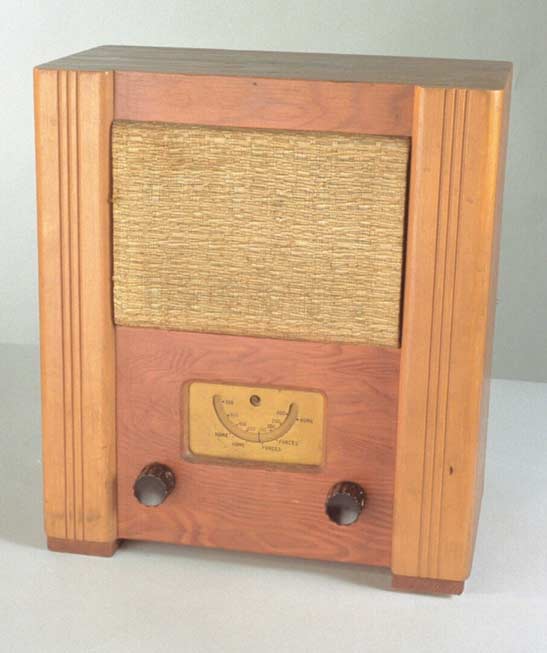
To receive wartime speeches and other radio broadcasts at home, most of the public used British Wartime Civilian Radio Receivers. These receivers were cheap to buy, and implicitly suitable for the period of Second World War rationing(5). Murphy Radio Ltd produced them to meet government demand for standardised low-cost radios.
The Civilian Radio Receiver was inspired by the previous Murphy AD94 radio receiver(6). The Murphy AD94 was the first of the Murphy receivers to use the Eden Minns-designed Bakelite cabinet. The material was trade-named ‘Bakelite’ after its creator(7), a Belgian-American chemist named Leo Baekeland.
Also of note…
Quite apart from the parliamentary/government and civilian uses for the above broadcasting equipment during the Second World War, the military also found a purpose for such BBC broadcasting technology at this time. It was often used for internal communications. The Throat Microphone is the piece of equipment most noted for this function.
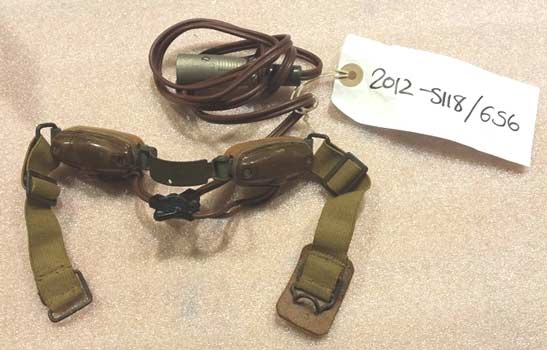
The Throat Microphone is essentially a sensor worn against the larynx, which means words are audible in situations where there is a lot of background noise(8). The sensor also allows whispers to be heard—often a necessity during sensitive military operations. Such microphones are still used today.
To contact resistance fighters, the BBC would include ‘personal messages’ in its broadcasts of news and entertainment to occupied-Europe. Often these were coded messages(9). On a more general level, the BBC also acted to improve morale.
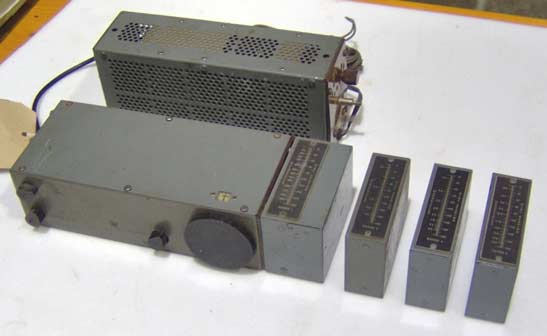
The military positioned the MCR1 ‘Biscuit Tin’ radios behind enemy lines, so that ’civil broadcasts’ such as political speeches and news could be received from Britain. The MCR1s were specifically designed to be used by the Army and Special Forces(9). They were developed by Philco in 1943(10) and within two years around 30,000 had been manufactured. The name ‘Biscuit Tin’ came from the fact that this radio’s components—receiver, power supply and coil packs—were delivered to users within an actual biscuit tin (bare metal without any markings).
Each of the above pieces of radio broadcasting equipment that I have discussed is available for you to view, by appointment, in our archives here in Bradford.
References
- Retrieved from www.coutant.org/stc4017c/index.html
- Golden Age TV Recreations, Equipment for hire. Retrieved from www.golden-agetv.co.uk/equipment.php?ProducerID=40
- Retrieved from www.historyofpa.co.uk/pages/microphones.htm
- General Purpose Amplifier, GPA/1 (PDF). Retrieved from www.bbceng.info/ti/eqpt/GPA_1.pdf
- Radio Workshop, Civilian Wartime Utility Radio. Retrieved from www.radio-workshop.co.uk/civilian.shtml
- Classicwireless.co.uk, Murphy Radio Model AD94 From 1940. Retrieved from www.classicwireless.co.uk/Murphy_AD94.htm
- Science Museum, Murphy Bakelite radio AD94, 1940. Retrieved from www.makingthemodernworld.org.uk/everyday_life/home/1939-1968/TL.0215/
- Wikipedia, Throat microphone. Retrieved from www.wikipedia.org/wiki/Throat_microphone
- Crypto Museum, MCR-1. Retrieved from www.cryptomuseum.com/spy/mcr1/
- Radiomilitari.com, MCR1 type 36/I Biscuit Tin Spy Radio Receiver 1943. Retrieved from www.radiomilitari.com/mcr1.html
Fascinating post. Your readers may also be interested to read my blog post on the STC417c https://martinmitchellsmicrophones.wordpress.com/2013/06/21/stc-4017c-dead-or-alive/ and also my You Tube video on the STC4021 https://www.youtube.com/watch?v=zXICfcS1fd0